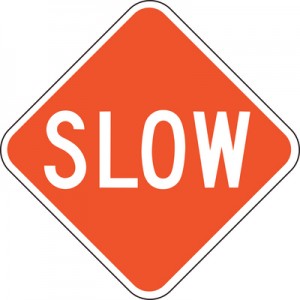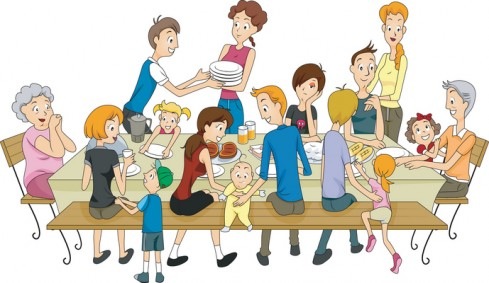 Do you wolf your food down so quickly that it’s gone before you realize you’ve eaten it all – and then you’re still hungry and staring at an empty plate?
Do you wolf your food down so quickly that it’s gone before you realize you’ve eaten it all – and then you’re still hungry and staring at an empty plate?
Mothers around the world often say the same thing: slow down and chew your food. Well, what do you know, there’s something to it.
According to an article in the New York Times, studies show that people who eat quickly eat more calories than they would if they ate a bit more slowly. The people who ate more slowly also felt fuller.
A recent study showed that hormones that give you feelings of fullness, or satiety, are more pronounced when people eat slowly. Subjects given identical servings of ice cream released more of these hormones when they ate it in 30 minutes instead of 5 minutes.
It leads to eating less, too. According to an article published in The Journal of the American Dietetic Association people who ate at a slow pace compared to when they chowed down very quickly said they were fuller and ending up eating about 10 percent fewer calories.
An analysis of surveys completed by 3287 adults (1122 men, 2165 women), ages 30-69, concluded that eating until they’re full and eating quickly are associated with being overweight and that these combined behaviors might have a significant impact on being overweight.
Twenty Minutes Or Less
Research has shown that Americans start and finish their meals — and clear the table — in less than 20 minutes. A study published in the journal Appetite, found that people eating lunch by themselves in a fast food restaurant finish in 11 minutes. They finish in13 minutes in a workplace cafeteria and in 28 minutes at a moderately priced restaurant. Eating with three other people takes about twice as long – which can still end up being a really short chunk of time.
Once again, Moms are right – slow down when you eat. (Doesn’t that often go with don’t grab?) Slowing down allows you and your brain to register a feeling of fullness and may even mean that you eat fewer calories. You might even have time to really taste and enjoy your food, too.
This article is part of the 30 day series of blog posts called: 30 Easy Tips for Looser Pants and Excellent Energy.

